Introduction
When it comes to consumer goods, the labels Made in PRC and Made in China often spark curiosity and confusion. Understanding the difference between the two is crucial for making informed purchasing decisions. The history behind these labels, as well as their implications, sheds light on the significance of distinguishing between them.
Understanding the Difference
The terms Made in PRC and Made in China are often used interchangeably, but they actually refer to different things. PRC stands for People's Republic of China, while China refers to the geographical region as a whole. This distinction may seem minor, but it carries important implications for trade and consumer perception.
The History of Made in PRC and Made in China
The use of these labels dates back to the mid-20th century when China underwent significant political and economic changes. The shift from Made in China to Made in PRC reflects this evolution, with each label carrying its own historical context and connotations. Understanding this history provides valuable insight into the meaning behind these designations.
Why It Matters
The distinction between Made in PRC and Made in China holds significant importance for consumers, businesses, and policymakers alike. From trade relations to market positioning, recognizing the differences between these labels can have far-reaching implications for various stakeholders. As SSOURCING INC., staying informed about this distinction is essential for navigating global supply chains effectively.
The Origin of Made in PRC and Made in China
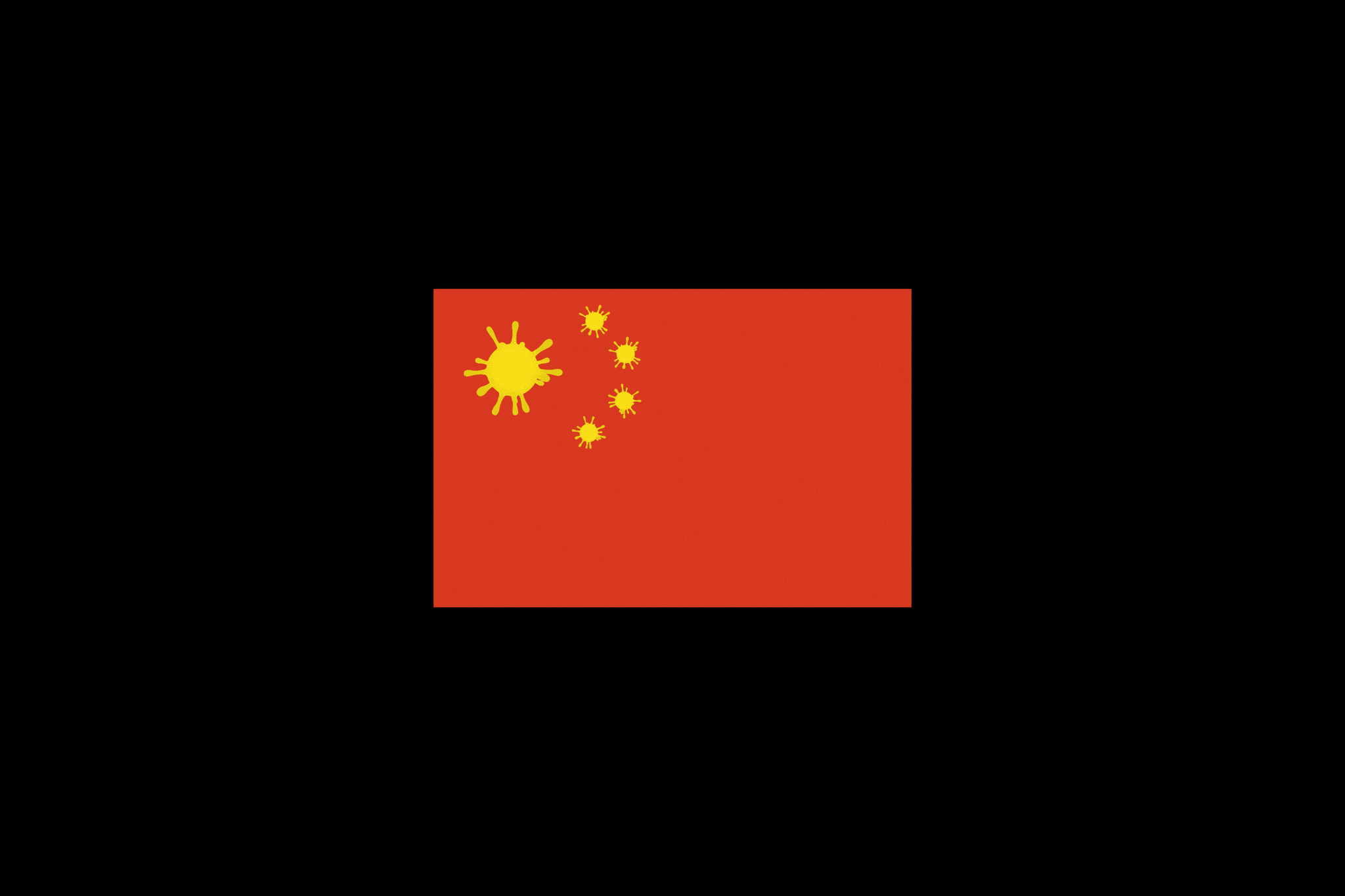
As we delve into the origin of Made in PRC and Made in China, it's important to understand the evolution of labels. The term PRC stands for People's Republic of China, which was commonly used during the early days of China's manufacturing boom. On the other hand, China has been a longstanding identifier for products originating from this region. These labels have undergone significant changes over time, reflecting shifts in global trade and political dynamics.
The Evolution of Labels
The evolution of labels from Made in PRC to Made in China mirrors the country's transformation from a closed-off economy to a global manufacturing powerhouse. Initially, products were labeled as PRC to denote their origin within the newly formed People's Republic of China. However, as China opened its doors to international trade and investment, the label gradually shifted to simply China. This change reflects the country's integration into the global economy and its rise as a key player in manufacturing.
The Significance of Geographic Indicators
The significance of geographic indicators cannot be overstated when it comes to labeling products as Made in PRC or Made in China. These indicators serve as markers of authenticity and quality, influencing consumer perceptions and purchasing decisions. In the case of Chinese goods, these labels carry historical weight and signify a rich legacy of craftsmanship dating back centuries. Understanding this significance is crucial for businesses like SSOURCING INC., which rely on sourcing products from this region.
Historical Context
To truly grasp the origin of Made in PRC and Made in China, we must consider the historical context surrounding these labels. From ancient trade routes like the Silk Road to modern-day globalization, China has played a pivotal role in shaping global commerce. As such, these labels are not just symbols of manufacturing origin; they also embody centuries-old traditions and cultural heritage that have withstood the test of time.
Perception and Misconceptions
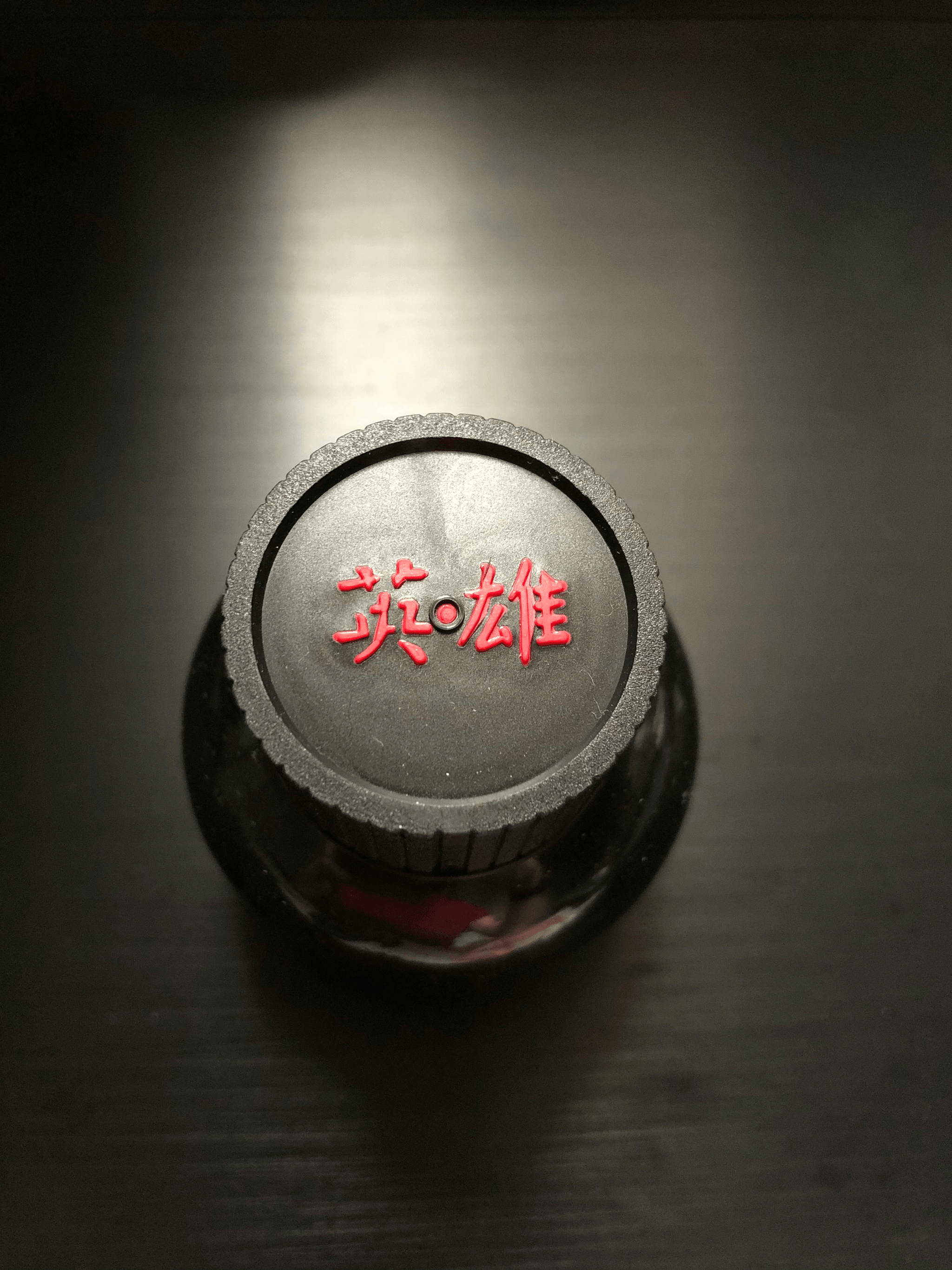
Common Myths Debunked
One common myth is that products labeled Made in PRC are of lower quality than those labeled Made in China. In reality, both labels refer to the same country, as PRC stands for People's Republic of China. Another misconception is that goods made in PRC are not subject to the same manufacturing standards as those made in China, when in fact they adhere to the same regulations.
The Impact on Consumer Behavior
The confusion surrounding Made in PRC and Made in China can lead consumers to make uninformed purchasing decisions. Some may avoid products with a Made in PRC label due to misconceptions about quality, while others may seek out items labeled Made in China, believing them to be superior. This can have a significant impact on consumer behavior and market demand.
Cultural and Political Factors
The perception of products labeled Made in PRC versus Made in China is also influenced by cultural and political factors. Historical tensions between mainland China and Taiwan have led to the use of different labels, but this should not affect the perceived quality or origin of goods. Understanding these cultural and political nuances is essential for informed decision-making.
SSOURCING INC. recognizes the importance of educating consumers about the true meaning behind these labels to dispel myths and promote informed choices. By understanding the impact of perception on consumer behavior and considering cultural and political factors, we can navigate the complexities of global trade more effectively.
Quality and Manufacturing Standards
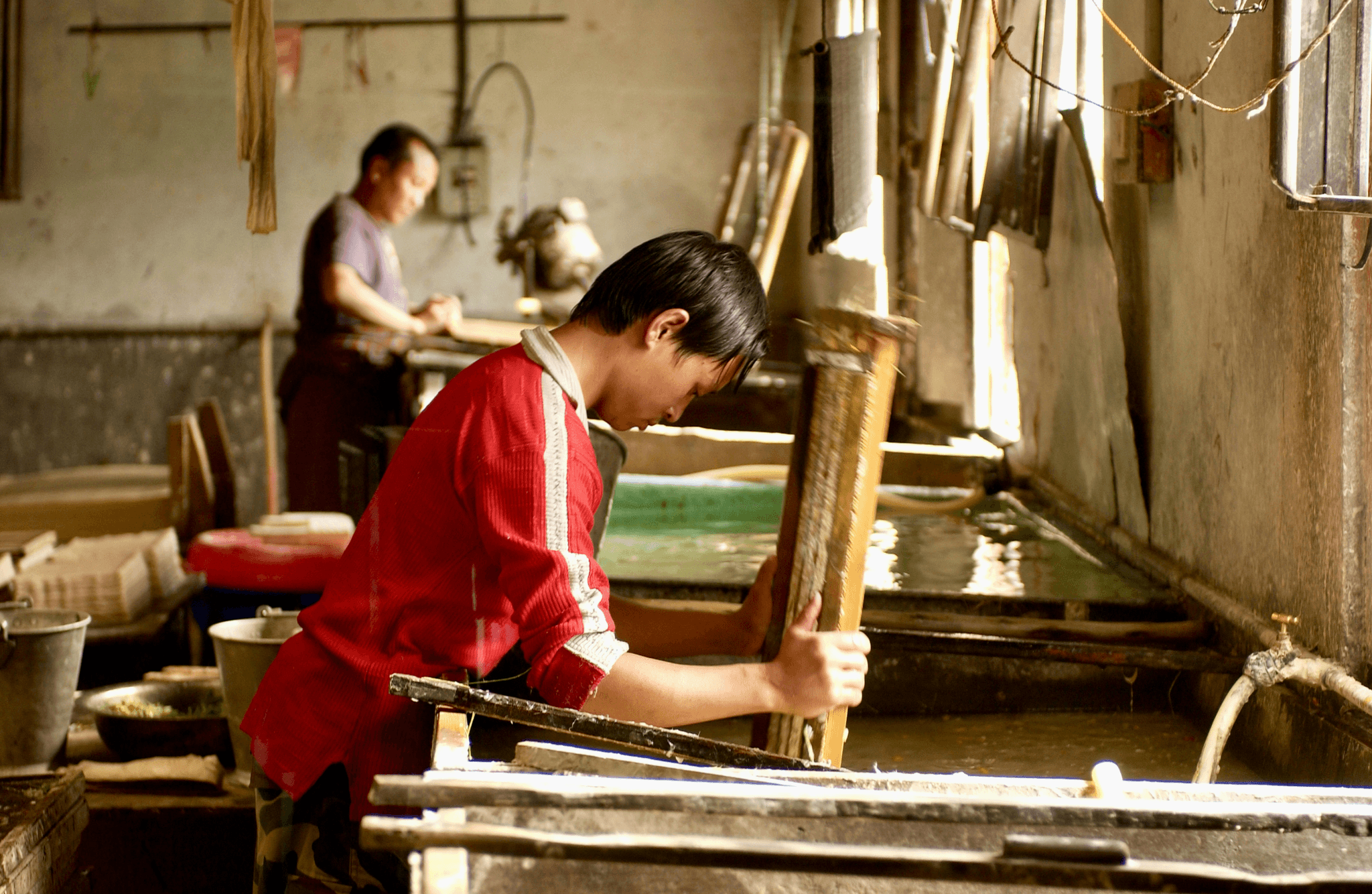
When it comes to comparing made in PRC vs made in China, understanding the regulatory framework is crucial. The Chinese government has implemented strict quality control measures for products manufactured within its borders, ensuring that they meet international standards. This includes regulations on product safety, environmental impact, and labor practices. SSOURCING INC. recognizes the importance of adhering to these standards for the products it sources from China.
Regulatory Framework
The regulatory framework for manufacturing in China is overseen by various government agencies, such as the General Administration of Quality Supervision, Inspection, and Quarantine (AQSIQ) and the Standardization Administration of China (SAC). These agencies enforce standards related to product quality, safety, and environmental impact. Compliance with these regulations is essential for any product bearing the made in PRC or made in China label.
Consumer Confidence
The distinction between made in PRC and made in China can have a significant impact on consumer confidence. While some consumers may perceive products labeled as PRC to be of lower quality than those labeled as China, this is often a misconception. SSOURCING INC. aims to educate consumers about the rigorous manufacturing standards enforced by Chinese regulatory bodies to instill confidence in the products it sources from this region.
The Role of Global Trade
Global trade plays a pivotal role in shaping manufacturing standards for products labeled as made in PRC or made in China. As companies like SSOURCING INC. navigate international supply chains, they must ensure that their suppliers adhere to global trade regulations and quality standards. This includes compliance with trade agreements, tariffs, and import/export requirements that impact the sourcing of goods from China.
Economic Implications
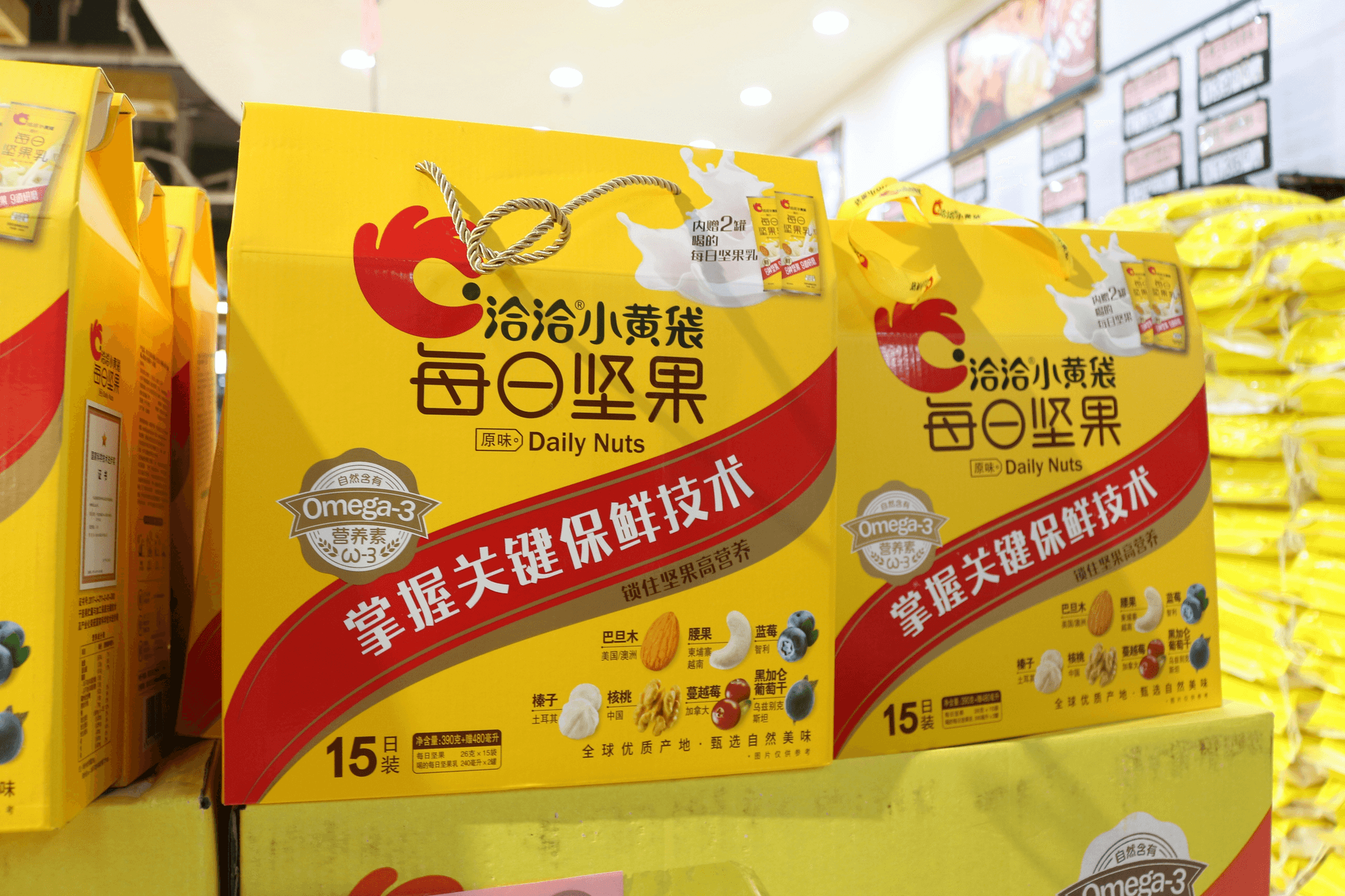
Trade Relations and Tariffs
The ongoing trade tensions between the US and China have significantly impacted the Made in PRC vs Made in China debate. With tariffs being imposed on goods from China, many companies have shifted their manufacturing to other countries, including PRC, to avoid the extra costs. This has led to a complex web of trade relations and negotiations that directly affect global supply chains and sourcing decisions for companies like SSOURCING INC.
The Business Perspective
From a business standpoint, the choice between Made in PRC and Made in China can have far-reaching implications. While products made in China may carry a certain prestige due to its established manufacturing capabilities, those made in PRC may offer cost advantages and less exposure to trade disputes. For SSOURCING INC., this means carefully weighing the pros and cons of each option to maintain competitiveness in the market.
Market Positioning
The distinction between Made in PRC and Made in China also plays a crucial role in market positioning. Products labeled as made in China may appeal to consumers seeking high-quality goods with a proven track record, while those labeled as made in PRC may attract price-conscious buyers looking for affordable options without compromising too much on quality. SSOURCING INC.'s ability to navigate these dynamics will determine its success in capturing different segments of the market.
Ethical Considerations
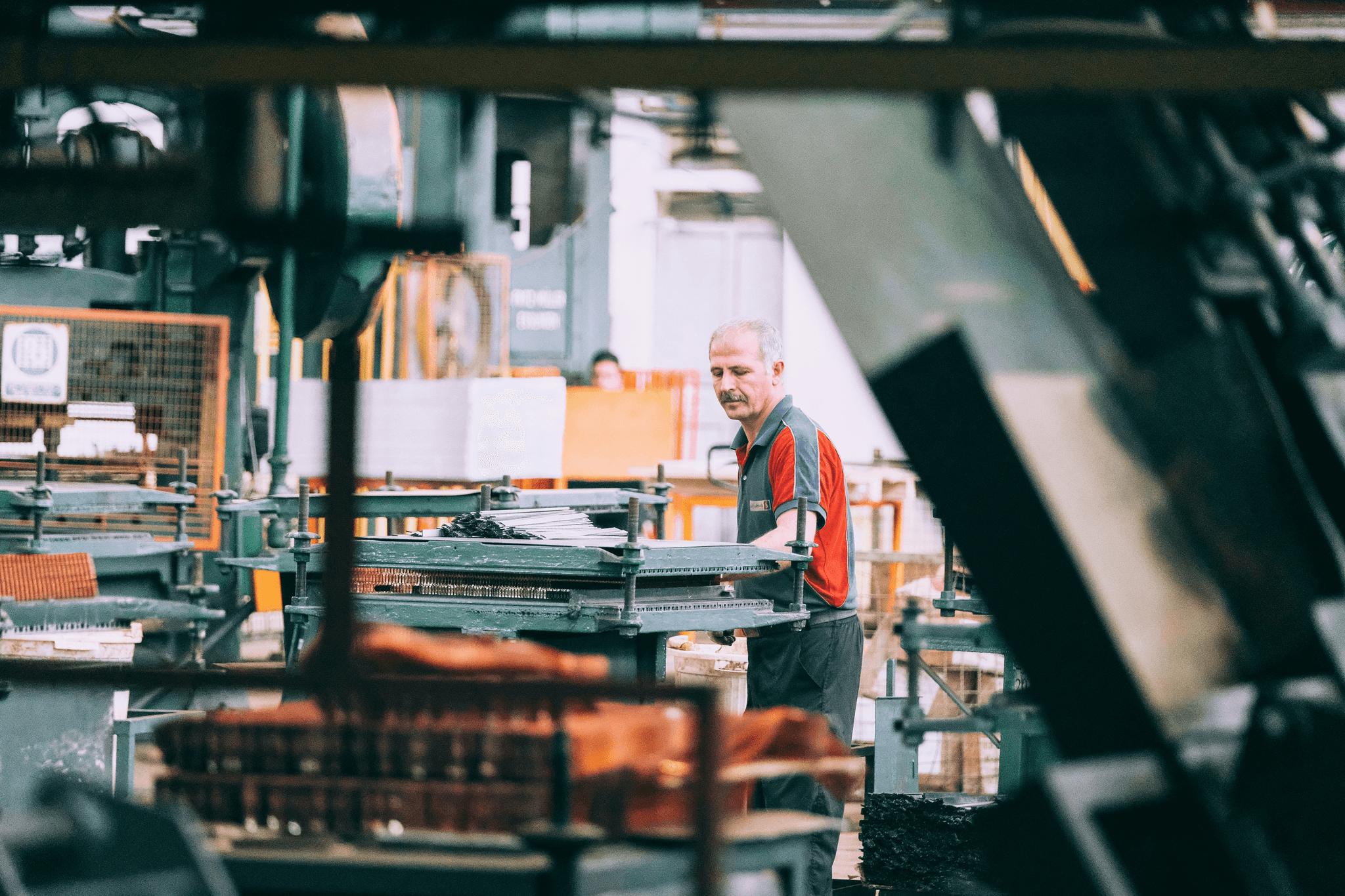
When it comes to ethical considerations, the distinction between made in PRC and made in China is crucial. Labor practices and human rights are often a concern in manufacturing, especially in China. With the rise of ethical consumerism, more and more people are seeking transparency and accountability in the production process. This has prompted companies like SSOURCING INC. to prioritize working with suppliers that uphold fair labor standards and respect human rights.
Labor Practices and Human Rights
The debate over made in PRC versus made in China also extends to environmental responsibility. China has faced criticism for its environmental impact due to rapid industrialization, leading many consumers to question the sustainability of products labeled as such. SSOURCING INC. recognizes the importance of partnering with manufacturers that prioritize eco-friendly practices, ensuring that our sourcing decisions align with our commitment to environmental responsibility.
Environmental Responsibility
Corporate social responsibility (CSR) is another key aspect of ethical considerations when it comes to manufacturing standards in China or PRC. Companies are increasingly expected to demonstrate their commitment to giving back to communities and operating ethically. At SSOURCING INC., we understand the significance of CSR and actively seek out partners who share our values, supporting initiatives that benefit local communities while maintaining high ethical standards throughout the supply chain.
Corporate Social Responsibility
By prioritizing labor practices, environmental responsibility, and corporate social responsibility when choosing suppliers for our products, SSOURCING INC. aims to uphold high ethical standards while also meeting consumer demands for transparent sourcing processes.
Conclusion
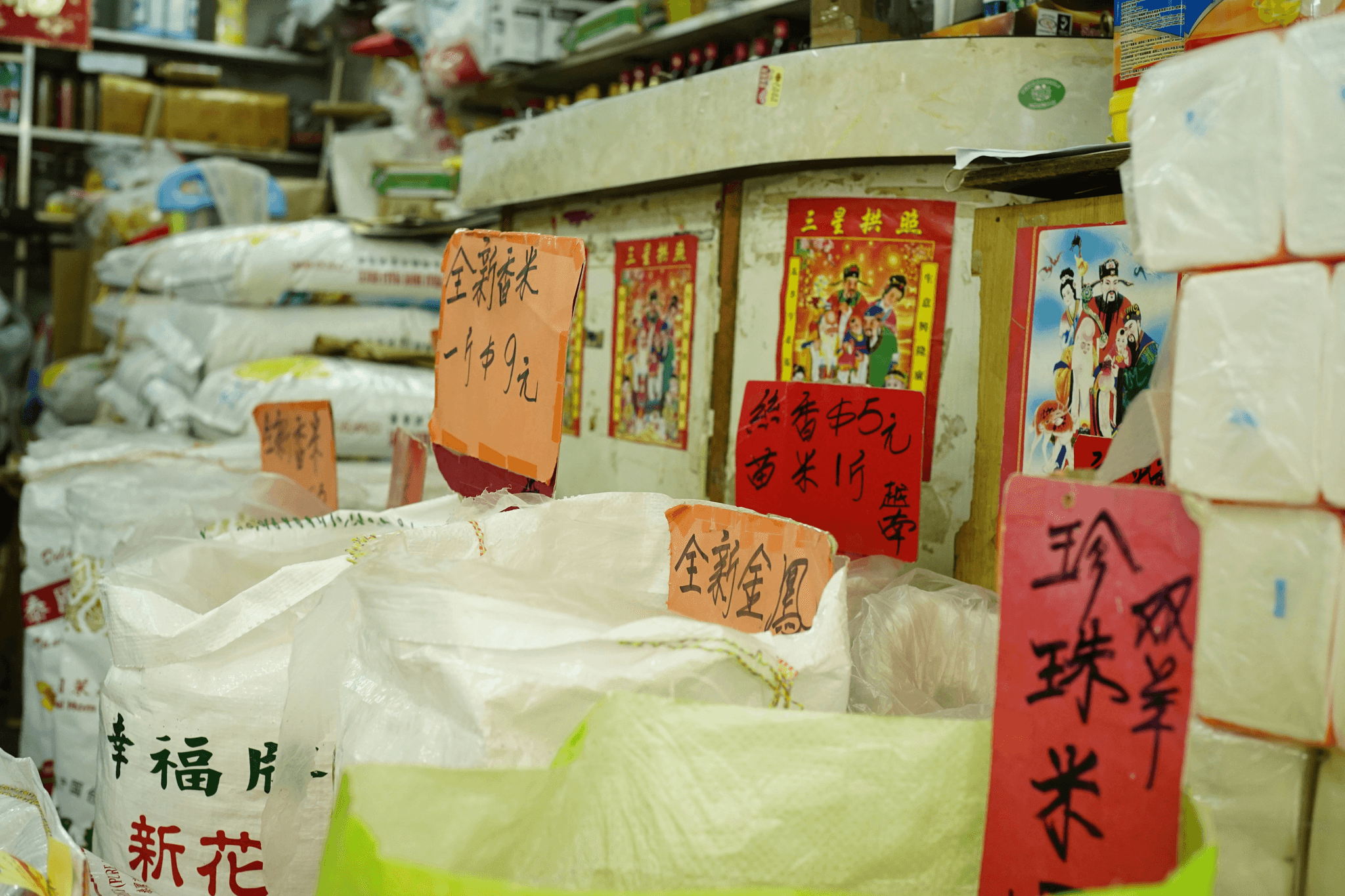
Making Informed Choices
When it comes to deciding between Made in PRC and Made in China, consumers need to be well-informed about the origin and quality of the products they purchase. Understanding the difference between these labels can empower consumers to make ethical and economical decisions that align with their values. By educating themselves, consumers can support responsible manufacturing practices and contribute to a more sustainable global economy.
The Future of Made in PRC and Made in China
As global trade continues to evolve, the distinction between Made in PRC and Made in China is likely to become even more significant. With growing awareness around ethical sourcing and manufacturing standards, companies will face increasing pressure to be transparent about their production processes. This shift may lead to improved working conditions, higher-quality products, and greater accountability across the supply chain.
Implications for SSourcing Inc.
For SSourcing Inc., understanding the nuances of Made in PRC versus Made in China is crucial for maintaining a competitive edge in the market. By prioritizing transparency, ethical sourcing, and environmental responsibility, SSourcing Inc. can position itself as a leader in conscientious manufacturing practices. Embracing this approach not only benefits consumers but also strengthens SSourcing Inc.'s brand reputation and long-term sustainability.

